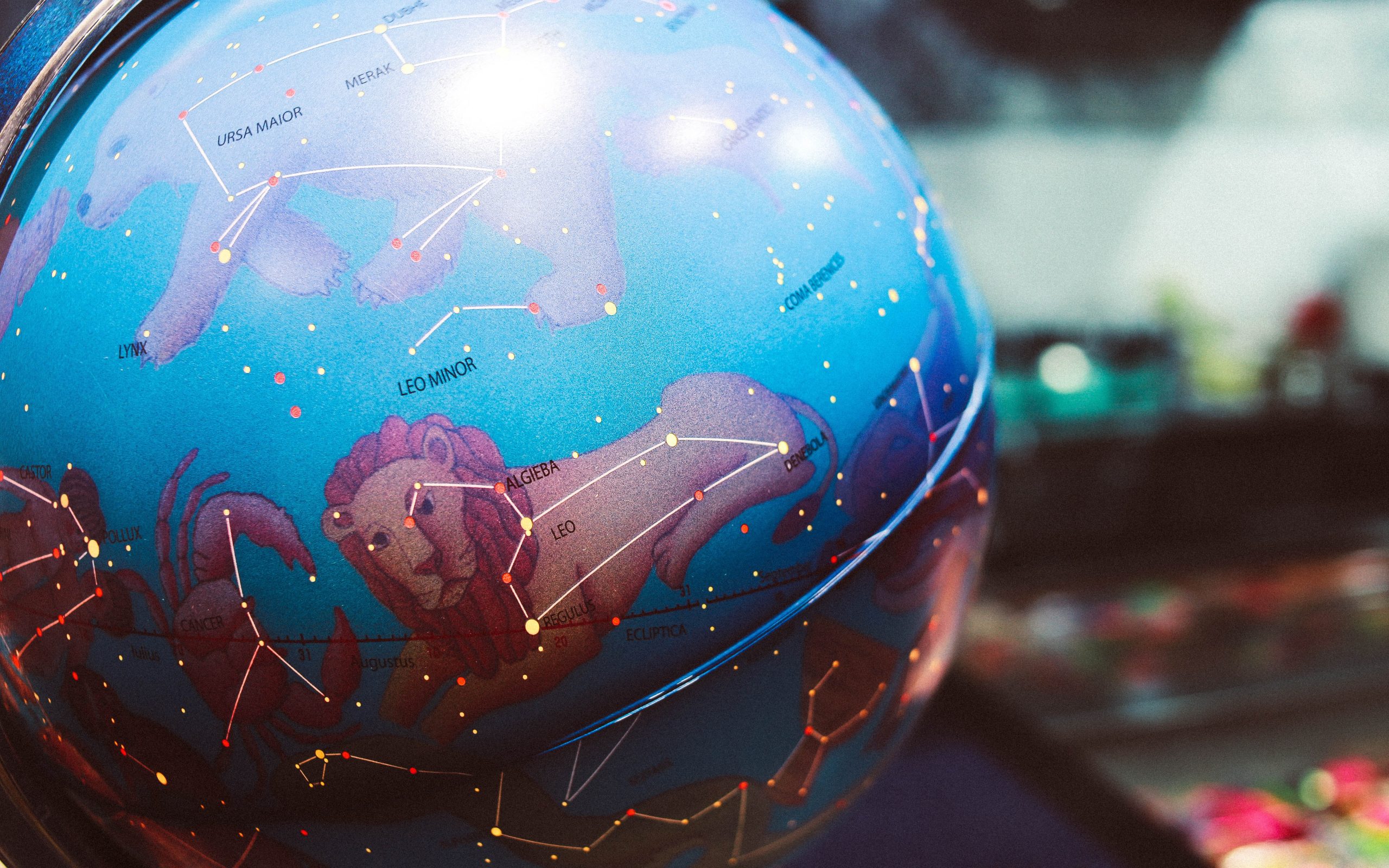The Moon in Mythology: Legends, Gods, and Symbolism
The moon has captivated human beings for millennia. Its mesmerizing glow and enigmatic presence have inspired countless myths, legends, and religious beliefs across cultures around the world. From personifying deities to being a symbol of femininity and fertility, the moon holds a significant place in human imagination and storytelling. In this blog post, we will explore the rich tapestry of moon mythology, uncovering its various mythical roles, notable gods, and the symbolism associated with Earth’s closest celestial companion.
The Moon in Ancient Mythology
In ancient mythology, the moon was often associated with feminine deities and mother figures. These goddesses were believed to exert control over the moon’s cycles and bring about the changes in its appearance. Let’s delve into some of these mythological beliefs from different cultures:
Greek Mythology: Selene and Artemis
In Greek mythology, the moon goddess was known as Selene or Artemis. Selene was often depicted as a winged woman driving a moon chariot across the night sky, while Artemis was the goddess of the hunt, associated with the crescent moon. The moon’s beauty and mystique were frequently attributed to these divine figures, evoking a sense of awe and wonder in ancient Greek culture.
Roman Mythology: Luna
Roman mythology shared a similar belief in a moon goddess, known as Luna. Luna was considered the divine embodiment of the moon and was associated with the night, dreams, and hidden emotions. Roman poets often portrayed Luna as a gentle and compassionate deity, guiding both mortals and immortals through the realms of darkness.
Chinese Mythology: Chang’e and the Moon Rabbit
In Chinese mythology, the moon was seen as a symbol of immortality and enlightenment. The tale of Chang’e, the Moon Goddess, is one of the most iconic stories in Chinese folklore. According to legend, Chang’e consumed an elixir of immortality and was sent to live on the moon, where she became the emblematic figure of feminine beauty and eternal love. The moon is also associated with the story of the Moon Rabbit, a celestial companion of Chang’e who eternally pounds herbs to create the elixir of life.
The Moon as a Symbol of Time and Cycles
Beyond the realm of divine beings, the moon has also been deeply connected to the concept of time and natural cycles. Its monthly phases, waxing and waning, have served as a universal symbol for the cyclical nature of life, death, and rejuvenation. Let’s explore how different cultures have interpreted the moon as a symbol of time:
Native American Mythology: Moon as a Timekeeper
Many Native American tribes considered the moon as a symbol of timekeeping. The lunar cycle was often divided into thirteen months, correlating with the thirteen full moons in a year. Each month had a specific name, associated with the seasonal changes and important events, such as the planting or harvesting of crops. For these tribes, the moon acted as a celestial calendar, guiding their daily lives and cultural rituals.
Islamic Mythology: Lunar Calendar
In Islamic mythology, the moon plays a crucial role in establishing religious calendars and determining the dates of important festivals and rituals. The Islamic calendar, also known as the Hijri calendar, is a lunar calendar, with each month beginning with the sighting of a new moon. The moon’s phases and position in the sky hold great significance for Muslims, guiding the observance of religious obligations and celebrations throughout the year.
The Moon’s Influence on Human Behavior
Throughout history, various cultures have attributed the moon with the power to influence human behavior. While scientific evidence has debunked these claims, they continue to be a part of folklore and cultural beliefs. Here are a couple of examples:
Lunar Lunacy: The “Full Moon Effect”
One of the most pervasive beliefs regarding the moon’s influence on human behavior is the idea that a full moon triggers unusual and heightened activity. This phenomenon is often referred to as “lunar lunacy.” Historically, full moons have been associated with increased levels of accidents, crimes, and even insanity. However, scientific studies have failed to establish a consistent correlation between the moon’s phase and human behavior, leaving it a subject of popular myth rather than scientific fact.
The Moon’s Impact on Fertility and Pregnancy
In various cultures, the moon has been linked to human fertility and the reproductive cycles of women. Many ancient civilizations believed that conception and childbirth were influenced by the moon’s phases. For example, some societies believed that women were most likely to conceive during a full moon, while others associated the crescent moon with increased chances of successful pregnancy. These beliefs and superstitions, though not supported by scientific evidence, reflect the deep connection between the moon’s symbolism and humanity’s life processes.
The Moon in Modern Culture
Even in the modern age, the moon continues to inspire and capture our collective imagination. It has become a symbol of romance, mystery, and adventure in literature, film, and art. From moonlit walks to werewolf legends, the moon’s role in popular culture showcases its enduring influence on our lives.
Furthermore, scientific exploration and advancements have deepened our understanding of the moon’s geology, impact on Earth’s tides, and its potential as a future outpost for human colonization. The moon’s scientific significance further amplifies its cultural and mythological significance, ensuring that it remains a subject of fascination for generations to come.
In Conclusion
The moon’s mystical beauty has woven its way through the tapestry of human mythology since time immemorial. Across different cultures and periods, this celestial body has been revered, adored, and personified as powerful deities, timekeepers, and symbols of fertility. While science may have demystified some of the moon’s mythical qualities, its allure and influence persist in our cultural beliefs, serving as a testament to the enduring power of the moon in our collective imagination.
Table of Contents
